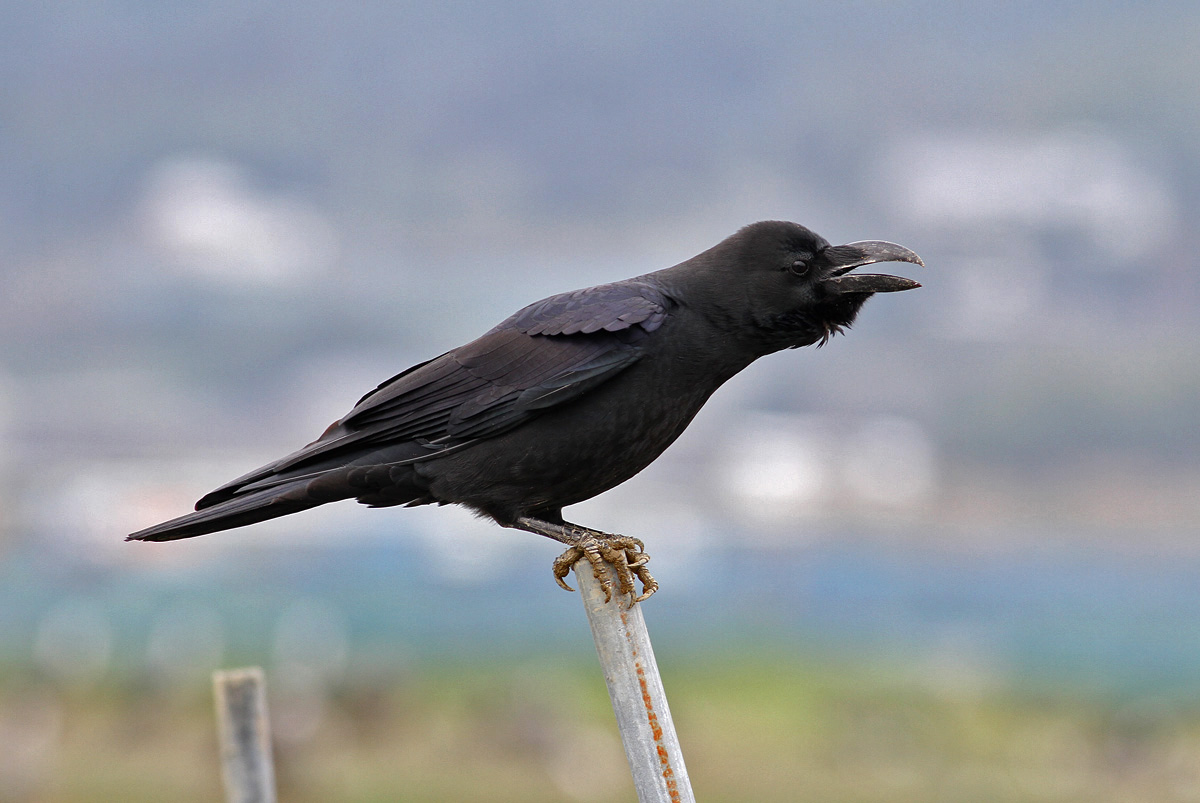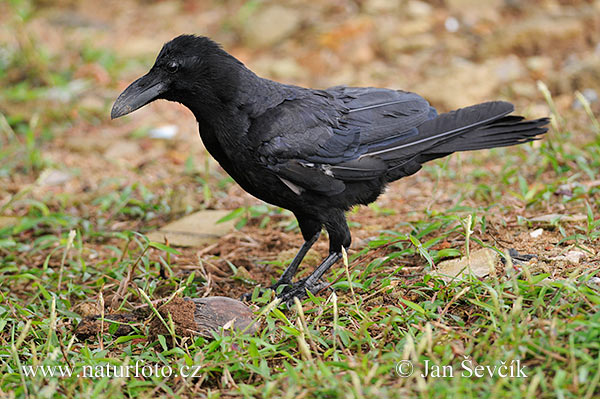The Tibetan Crow: A Deep Dive Into Corvus Macrorhynchos Tibetosinensis
Share
The Tibetan Crow, scientifically known as Corvus macrorhynchos tibetosinensis, is a fascinating subspecies of the larger Corvidae family. This bird, native to the high-altitude regions of southeastern Tibet and parts of western China, is not only remarkable for its physical characteristics but also for its ecological significance and behavioral traits. In this article, we will explore the taxonomy, habitat, diet, behavior, reproduction, and conservation status of this intriguing bird.

Taxonomy
The Tibetan Crow belongs to the order Passeriformes and the family Corvidae, which includes other intelligent birds such as ravens and magpies. The suborder Oscines is known for its songbirds, and the Tibetan Crow is no exception. It was first described by Kleinsehmidt and Weigold in 1922, highlighting its unique characteristics that distinguish it from other subspecies of the Corvus macrorhynchos complex.
Physical Characteristics
The Tibetan Crow is characterized by its robust body, long wings, and a distinctive large bill, which is a defining feature of the Corvus genus. The plumage is predominantly black with a glossy sheen, and the bird's size can vary, typically measuring around 45-50 cm in length. The bill is particularly notable for its size, which is adapted for a varied diet.

Habitat
This subspecies is primarily found in the mountainous regions of western China, including Ningsia, Kansu, and Tsinghai, extending south and west through Sikang and the mountains of western Szechwan to northern Yunnan. It also inhabits northeastern Burma, southeastern Tibet, and the eastern Himalayas, from Assam to Sikkim. The Tibetan Crow prefers open landscapes, including grasslands, alpine meadows, and rocky terrains, where it can forage for food and build its nests.

Diet
The Tibetan Crow is an omnivorous bird, with a diet that includes a variety of food sources. It primarily feeds on insects, small mammals, and carrion, but it is also known to scavenge for human food scraps. This adaptability in diet allows the Tibetan Crow to thrive in its diverse habitat, making it an important scavenger in the ecosystem.

Behavior
Tibetan Crows are highly intelligent and social birds, often seen in pairs or small groups. They are known for their complex vocalizations, which they use to communicate with each other. Their intelligence is evident in their problem-solving abilities and use of tools, which they employ to access food. These crows are also known for their playful behavior, often engaging in aerial acrobatics and games with one another.

Reproduction
The breeding season for the Tibetan Crow typically occurs in the spring. They build their nests in trees or on cliffs, using twigs, grass, and other materials. The female usually lays 3-5 eggs, which both parents help to incubate. After hatching, the chicks are cared for by both parents until they are ready to fledge. The strong parental care contributes to the survival of the young crows in their challenging habitat.
Conservation Status
Currently, the Tibetan Crow is not considered to be at risk, with a stable population across its range. However, habitat destruction and climate change pose potential threats to its future. Conservation efforts focusing on habitat preservation and monitoring of populations are essential to ensure the continued survival of this remarkable bird.
Final Thoughts
The Tibetan Crow, Corvus macrorhynchos tibetosinensis, is a testament to the resilience and adaptability of wildlife in high-altitude environments. Its intelligence, social behavior, and ecological role make it a significant species within its habitat. For birdwatchers and nature enthusiasts, observing this crow in its natural setting can be a rewarding experience. Look for them in the mountainous regions of western China and southeastern Tibet, where their striking appearance and engaging behavior can be appreciated.
In the grand tapestry of avian life, the Tibetan Crow stands out not just for its beauty but for its role as a scavenger and a symbol of the wild, rugged landscapes it inhabits.